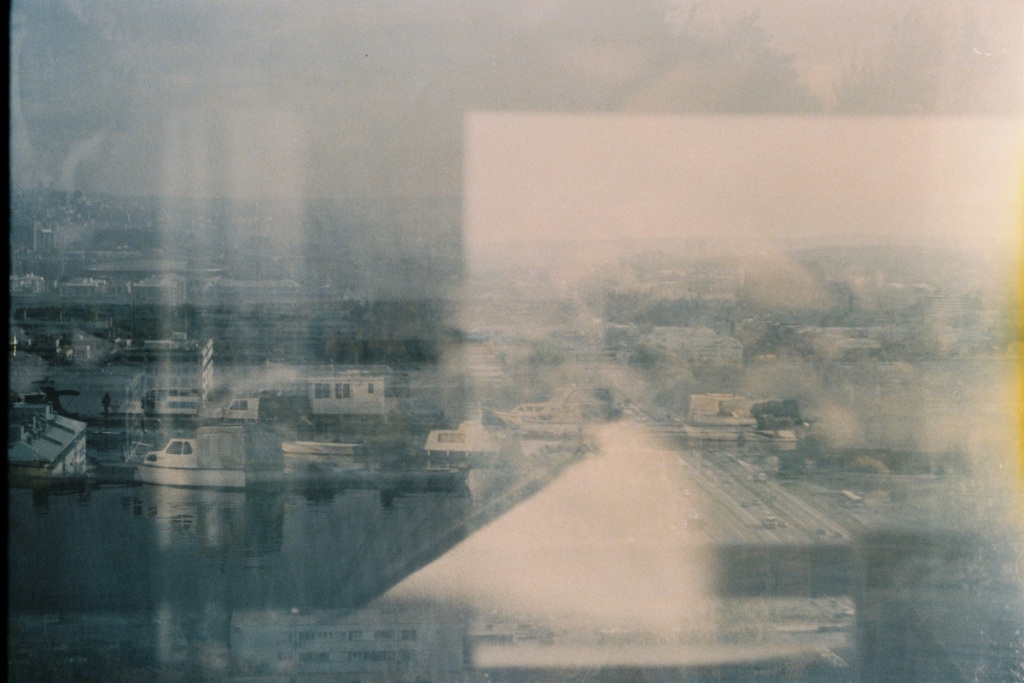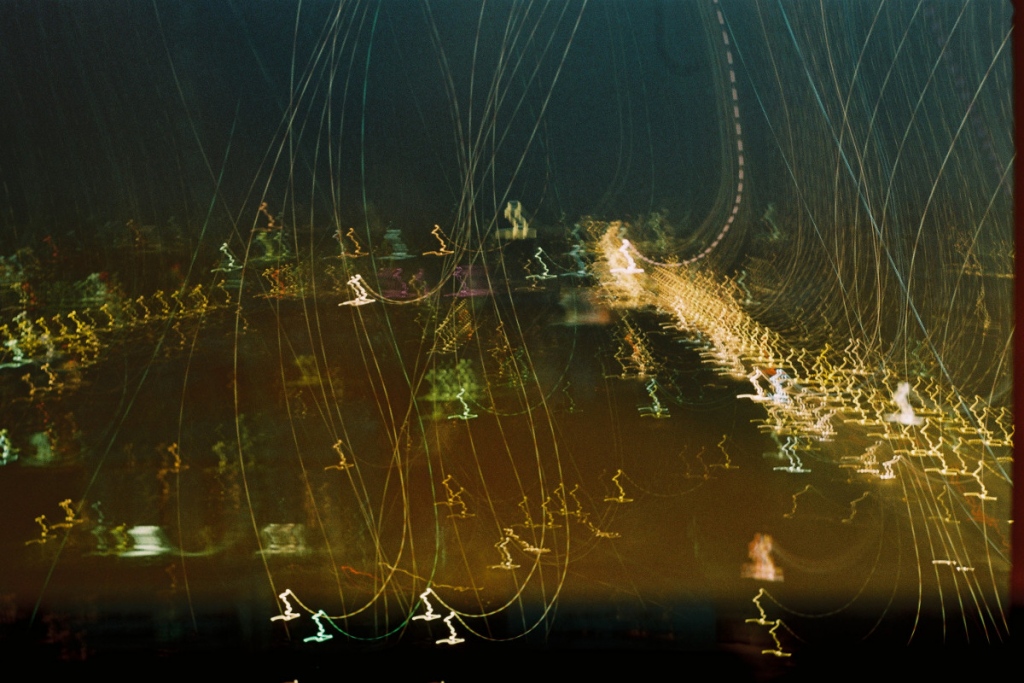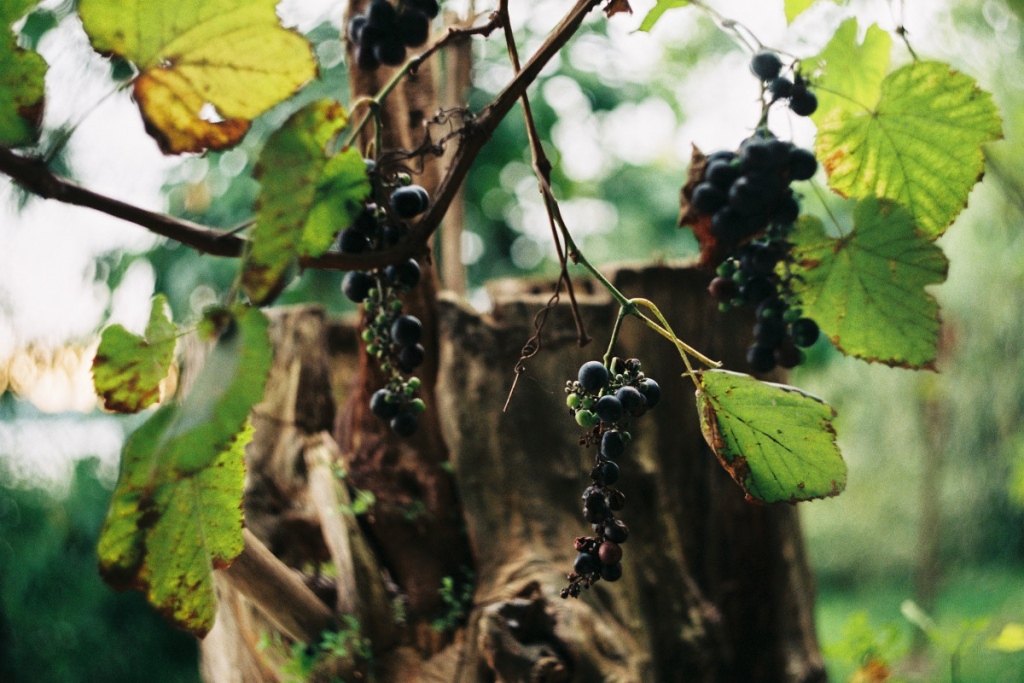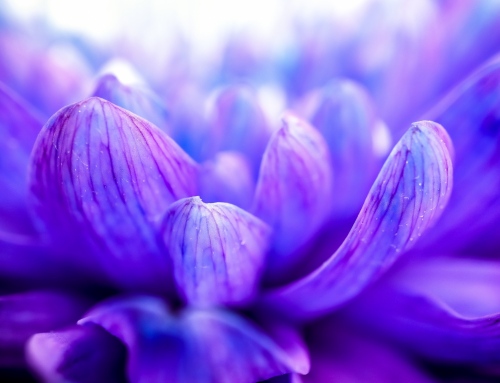Shooting with a Leica is like a long tender kiss, like firing an automatic pistol, like an hour on the analyst’s couch – this quote by Henri Cartier-Bresson, one of the most influential photographers ever, perfectly summarizes the feeling you get when shooting film photography. This type of photography has something magical in it and people love it still. It’s definitely more permanent than digital images – think about it, what is the oldest digital photo you possess? And how many JPEGs have you managed to save from the destruction and permanent loss caused by a broken hard drive? What you have caught on film is captured forever. If you never had any contact with analog photography and you want to know more about this beautiful form of photography, here are some basics to start with – just a tip of the iceberg.
Process of Developing Photographic Film
Anyone who had ever been in a darkroom knows the unique feeling of creation and hectic anticipation when the image slowly appears on paper right in front of your eyes. The process of creating film photography and developing analog photos starts when a roll of film is loaded into your camera. When you start clicking, the shutter opens and the photographic film is now exposed to light for just a fragment of a second. The light interacts with the chemicals present in the layers of film and creates a record. Those ‘light records’ on film need to be developed in a photo lab in order to be printed later. Only after the various chemicals have been applied in the darkroom is it safe to expose the negatives to any other light. The light, which would have destroyed the film, now brings out its beauty in the final prints.
Analog Film Cameras: What Types are there?
In order to not get lost in technicalities and complexity of different types of analog film cameras, the only important thing to remember is that different cameras shoot different kinds of film. So, depending on the format of films used – whether it is 35mm, 110, 120, or Instant film, different types of film cameras exist. The most common size of film is 35mm, and most of the cameras use it. The 35mm film roll with its little holes along the each side is the image that comes to everybody’s mind when they think of film photography. The 120 film is used by medium-format cameras and it produces squared, high-quality images which can compete alongside some of the best digital cameras in terms of resolution. The 110 format film delivers small images and is used with pocket cameras. And lastly, Instant film format is characteristic as it delivers image prints instantly. This format was worshiped by Andy Warhol himself – he took hundreds of portraits with his Polaroid camera.
Film Photography for Beginners: Where to Start?
So, if you wonder what to buy, there really isn’t such thing as an exclusive, ‘must-have’ analog camera for beginners. The market of old cameras is huge – Leica, Nikon, Canon, Olympus, Pentax, Minolta… There are just too many brands and different cameras that bring characteristic feeling to an image. As a beginner, try to experiment and have fun with any type of camera that comes to your hands. This is where the magic of film photography lies – each film roll you shoot will be unique and it becomes a sort of a diary of your moments. Find and use films with expired date, as it usually brings interesting effects and different color hues. With each shot, your anticipation to see the final results will grow and soon, you’ll be enchanted by nostalgic, dream-like feeling of film photography.
Nowadays, photo labs usually offer you to develop the film roll and digitally scan the images before you make a physical copy out of it. In such way, you can choose which film photos to print (if some of the images didn’t come out as you imagined) and spend less money. This option is suitable if you are a beginner because it allows you to experiment even more and not be afraid to make mistakes.









